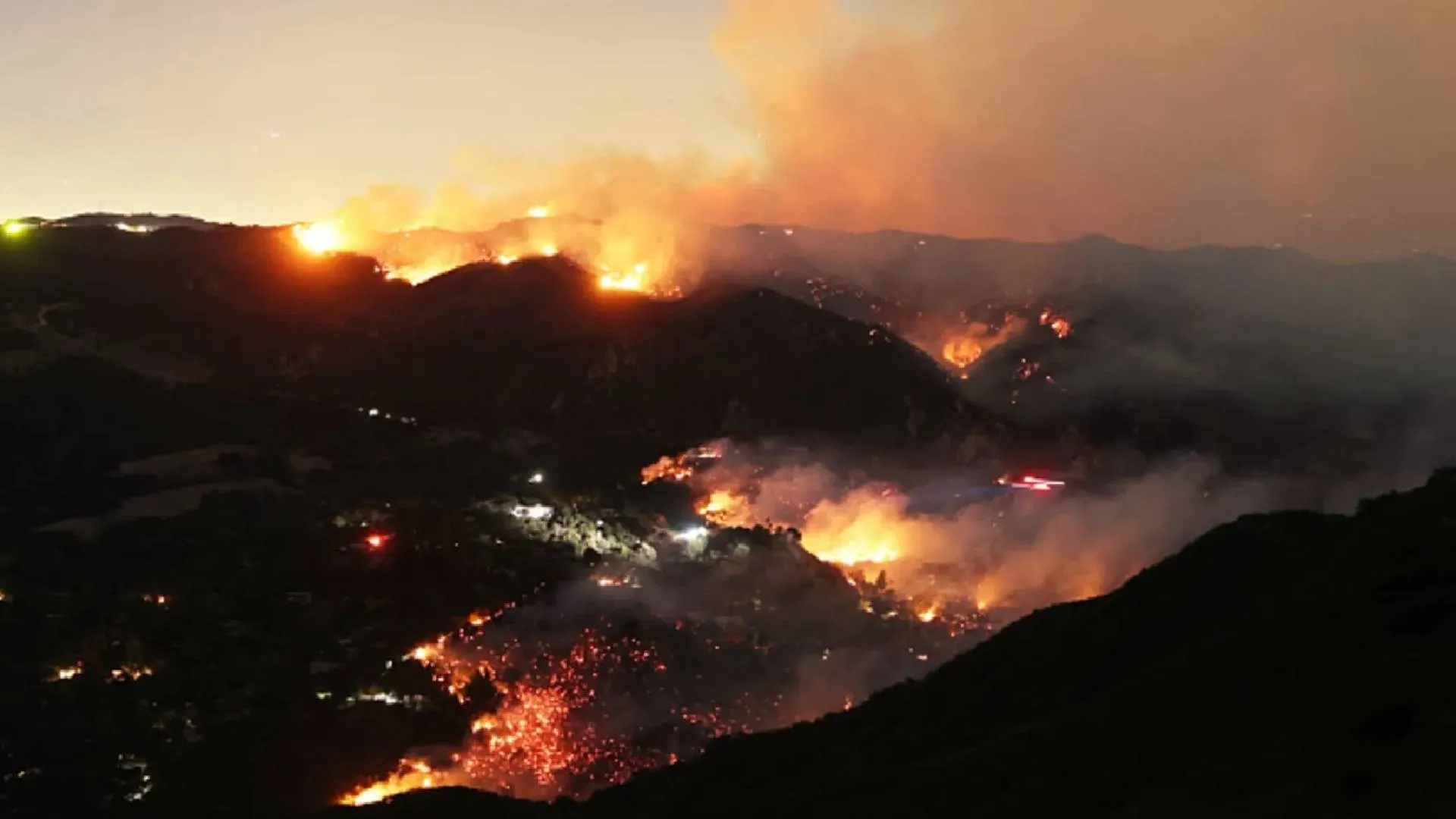How does extreme weather affect the stability of dams?
Dams are usually built to withstand heavy rainfall or drought. The design and construction of a dam takes into consideration all possible effects. All factors, including the type of building materials, the design of the foundation and the stability of a dam, as well as expected floods and earthquakes and even military action, are taken into consideration when planning a dam.
In the Libyan case, the management of the dams was not good. The engineer responsible for the dam should have made sure the water did not exceed the dam’s upper carrying capacity. Research shows that the main causes of dam failure are foundation problems (40%), inadequate spillway (23%), poor construction (12%) and uneven settlement (10%). A site for a dam will not always be level because dams are built in mountain areas, but the designers must take that into consideration. The dam design must suit the topography. Among the rarer causes of dam failures are acts of war (3%), defective material (2%) and earthquakes (1%). In Libya’s case, bad management appears to have been the cause of the dam’s collapse.
Could this tragedy have been avoided?
Yes, if the responsible people operating the dams had opened the gates to release water. When those responsible for the water management of the dam ignore heavy rainfall then one can expect such disasters to occur. Dam managers should also know each dam’s catchment area and how much rainfall is forecast. This requires coordination between meteorologists and the staff responsible for the management of dams. When heavy rainfall is expected, the meteorology department should inform dam managers who can then make arrangements for the release of water to keep it within the dam’s operational limits. This is the usual practice in all the dams I’ve studied in Iraq.
How do engineers and authorities typically monitor the structural integrity of dams?
Dams should have a regular inspection programme that takes into consideration all parts of the dam. All countries with dams, whether in the US, Iraq or Sweden, have regular inspections. There should be instruments for monitoring cracks in a dam’s walls and any changes in its structure. Once identified, they must be attended to immediately. In Libya’s case, if they had opened the sluice gates to keep water within the dam’s carrying capacity, the collapse of the dams would have caused less damage.
Are there emerging technologies or innovations to improve safety?
Various dam models and techniques are employed during design, tailored to each dam’s unique needs. Planning for extreme weather is integral to this process, with designers assessing stability against various factors. Different scenarios, accounting for reservoir water levels, are presented to avert dam failure. Governments must be well-prepared, guided by design information, in case of such an event. For example, in Iraq’s Mosul dam, post-construction, It is recommended the construction of a downstream protective dam for added safety. This underscores that safety measures can be implemented even after dam construction.
















